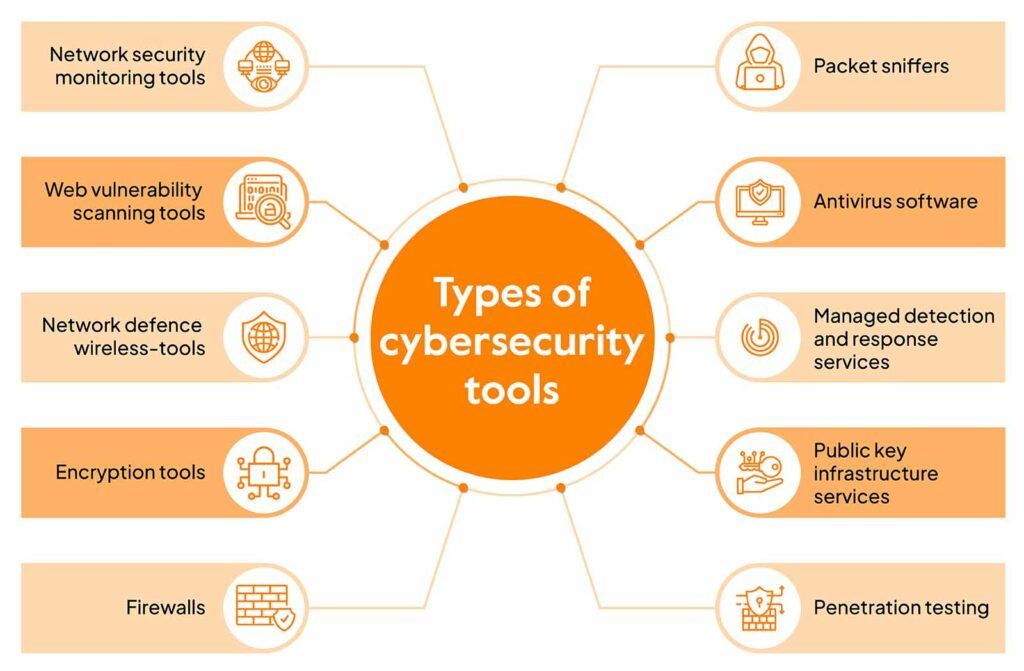A Beginner Guide to Cybersecurity Tools
With the rise of technology, the need for cybersecurity has become increasingly crucial. Cyber attacks are becoming more sophisticated and frequent, making it essential for individuals and businesses to protect their sensitive information. Fortunately, there are a variety of cybersecurity tools available to help defend against these threats.
Antivirus Software
One of the most basic cybersecurity tools is antivirus software. This software scans your devices for malicious software, viruses, and other threats, and removes them to keep your data safe. Some popular antivirus programs include Norton, McAfee, and Bitdefender.
Firewalls
Firewalls act as a barrier between your device and potential threats on the internet. They monitor incoming and outgoing network traffic, blocking any malicious activity. Most operating systems come with built-in firewalls, but there are also third-party options available for additional security.
Virtual Private Networks (VPNs)
VPNs encrypt your internet connection, making it difficult for hackers to intercept your data. They also allow you to browse the web anonymously and access geo-restricted content. Popular VPN services include NordVPN, ExpressVPN, and CyberGhost.
Password Managers
Using strong, unique passwords is essential for cybersecurity, but remembering them all can be a challenge. Password managers securely store your passwords and automatically fill them in when needed. This eliminates the need to remember multiple complex passwords and reduces the risk of a data breach.
Two-Factor Authentication
Two-factor authentication adds an extra layer of security to your accounts by requiring a second form of verification, such as a code sent to your phone or email. This significantly reduces the risk of unauthorized access, even if your password is compromised.
Security Awareness Training
Education is key when it comes to cybersecurity. Security awareness training teaches individuals how to recognize and respond to potential threats, such as phishing emails or social engineering attacks. Many companies offer online training courses to help employees stay vigilant against cyber threats.
Conclusion
As technology continues to advance, so do the threats to our cybersecurity. By implementing these essential tools and practices, you can significantly reduce the risk of falling victim to a cyber attack. Remember, staying informed and proactive is the best defense against cyber threats.


